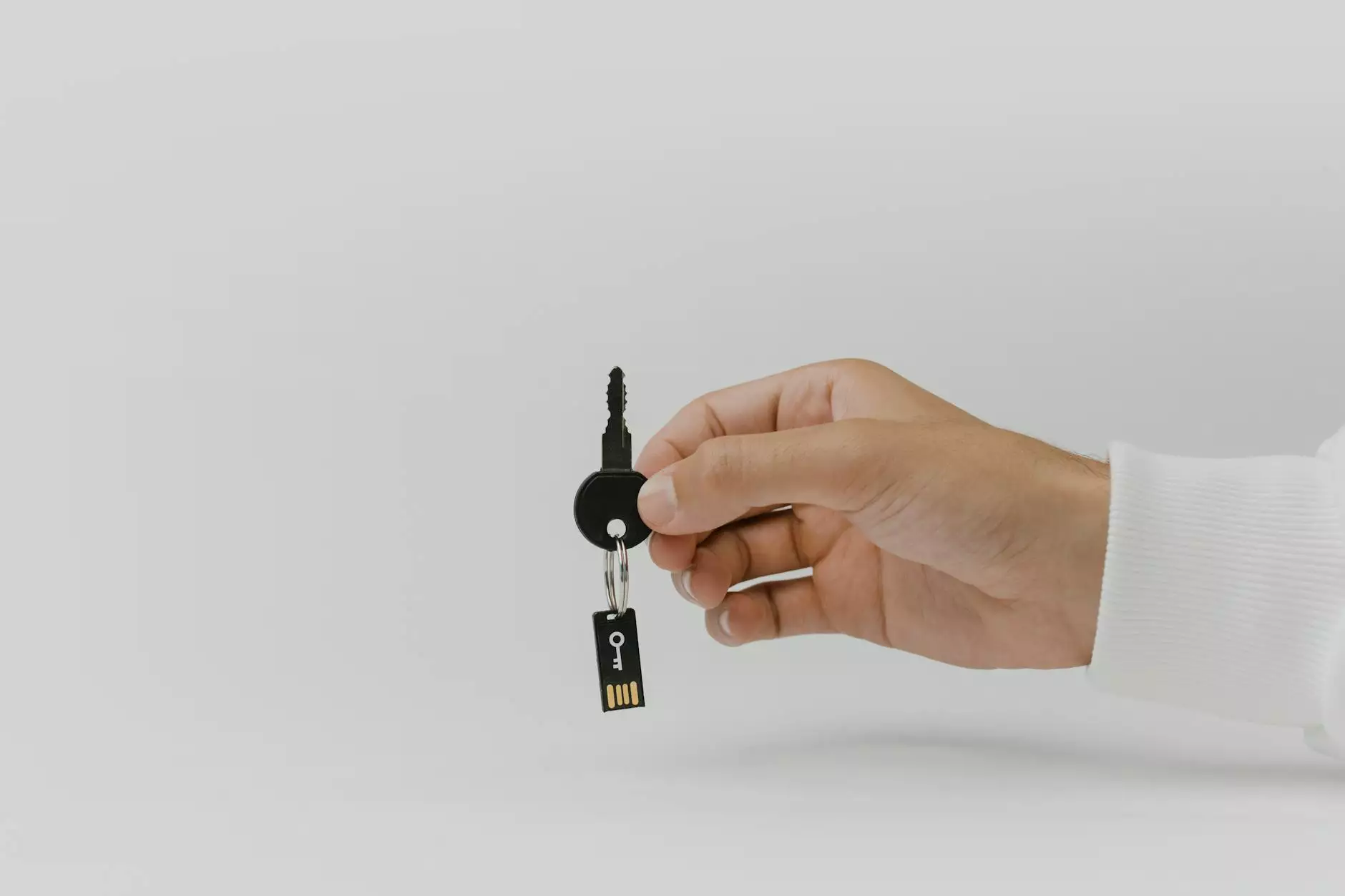The Ultimate Guide to USB Type A vs Type C: Unraveling the Differences and Use Cases
Marketing
Introduction to USB Type A vs Type C
When it comes to connecting devices, USB Type A and Type C are two of the most commonly used standards. In this detailed guide, we will delve into the intricacies of USB Type A vs Type C, exploring their differences, advantages, and use cases.
Understanding USB Type A
USB Type A is a familiar sight on most devices, characterized by its rectangular shape. It has been a standard connector for many years and is widely compatible with a variety of devices such as laptops, desktops, and external hard drives.
Advantages of USB Type A
- Wide compatibility with legacy devices
- Sturdy design for durability
- Available in a variety of lengths
Exploring USB Type C
USB Type C represents the latest evolution in USB technology, offering a reversible connector that provides faster data transfer speeds and power delivery capabilities. It is becoming increasingly prevalent in modern devices such as smartphones, tablets, and laptops.
Advantages of USB Type C
- Reversible design for ease of use
- Higher data transfer speeds
- Supports power delivery for charging devices
USB Type A vs Type C: Key Differences
USB Type A and USB Type C differ in several aspects, including their physical design, data transfer speeds, and power delivery capabilities. Understanding these differences can help you choose the right connector for your needs.
Physical Design
While USB Type A features a rectangular shape with a single orientation, USB Type C boasts a symmetrical design that can be plugged in either way, making it more convenient to use.
Data Transfer Speeds
USB Type C offers faster data transfer speeds compared to USB Type A, making it ideal for transferring large files quickly and efficiently.
Power Delivery
One of the standout features of USB Type C is its power delivery capabilities, allowing it to charge devices at higher speeds and support various power profiles.
Use Cases for USB Type A and Type C
USB Type A is commonly used for connecting peripherals such as printers and keyboards to computers, while USB Type C is preferred for modern devices like smartphones and laptops due to its versatility and faster performance.
Conclusion
In conclusion, both USB Type A and USB Type C have their unique advantages and use cases. Understanding the differences between these two connectors can help you make informed decisions when choosing the right cable for your devices.
For more insightful guides and information on digital technology, visit Magna Social Media.



